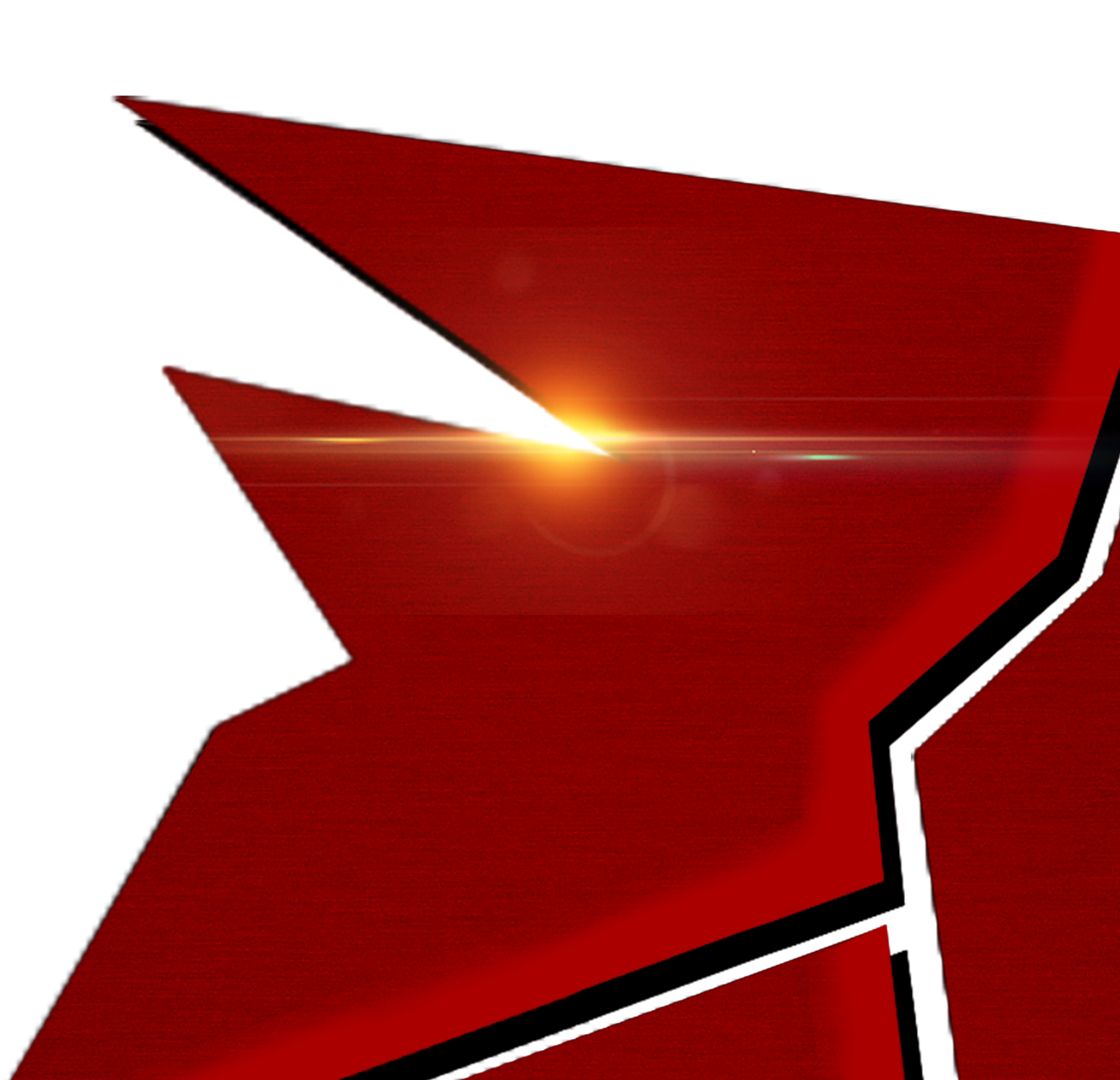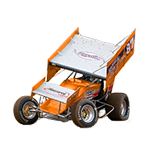- Home
- Illustrator
- Discussions
- Raster to Vector Conversion leaves gaps in paths
- Raster to Vector Conversion leaves gaps in paths
Copy link to clipboard
Copied
Hi everyone,
So I'm trying to convert a raster image made in photoshop into a vector image so that I can scale it up and not see pixels (this is a logo design). I drop the JPEG into Illustrator and hit Image Trace --> High Fidelity Photo (I've screenshotted the settings used below which are the default for High Fidelity).
Once it says the image trace is complete I hit expand which creates all the paths. It looks fine until you zoom in and see little white flecks which are gaps between paths. I'll fix those and zoom in some more and more will appear. I've tried playing with the image trace settings by changing the method as well as checking snap curves to lines and reducing the amount of colors but nothing seems to work. Any help is much appreciated! Thank you!
 1 Correct answer
1 Correct answer
This cannot be replicated just using effects.
You will need to draw a lot of shapes, use blending modes and might still not achieve what you have in Photoshop.
The way to reproduce this would be using a high reolution in Photoshop. It possbily can't be done in Illustrator at all. At least not in the quality you wish or with an investment (of time and/or money) you're able to spend.
Even for an experienced user this would take some effort.
Explore related tutorials & articles
Copy link to clipboard
Copied
This is not a "conversion".
This is autotrace. It's lazy and in the case of logo design it produces crap. You've got far bigger problems than those miniature gaps in the gradient. You think these wavy black lines in your logo will look good when enlarged? Really?
Draw this manually.
Copy link to clipboard
Copied
Hi
Why may I need to turn my photo into a Vector object?
If the reason is to "scale it up and not to see pixels" as you mentioned, it's some how ok, but the Image details, colors and resolution will certainly affect your result, and this is the case that you're facing here.
We mainly trace images to reach a vector version of our image so we can use it or edit it as vector, and with all vector benefits.
But turning a raster image into a vector object using Automatic tracing is not all the time our professional way in having paths from pixels.
Many factors of your image can affect your vector output, such as:
- Image resolution
- Colors, if it is solid or Gradient
- Number of details
This video may help you, check it please.
Copy link to clipboard
Copied
Draw this manually.
Yes, the initial stage of competent logo design is always vector construction. When a logo graphic is built from scratch in a raster image editor (Photoshop), there is no conversion that will produce a marketable result. It's a complete do-over—as vectors.
Copy link to clipboard
Copied
So let me rephrase my initial question/problem then. The only reason that I was trying image trace and raster to vector conversion in the first place is because there are a few effects that I don't know how to replicate in Illustrator. However I guess I always knew it would probably be easier to re-draw in Illustrator from scratch so I did (below is a close up part of the design).
Figure 1
(Figure 1 - Illustrator vector version)
Here is what I am trying to replicate (below)
Figure 2

(Figure 2 - Photoshop raster version)
The things that I am struggling with are 1. Replicating the flare (right now it's drawn with a bunch of paths in Illustrator). 2. the gradient of different reds throughout the design (trying to make it look like a metallic red) and 3. creating kind of a blur or a seamless transition between the highlighted red stripe and the metallic red
I'm just way more advanced in photoshop than Illustrator and I know that there are gradient and flare effects within Illustrator but I haven't been able to use them in a way that has satisfied me. Any help is much appreciated. Thank you!
Copy link to clipboard
Copied
This cannot be replicated just using effects.
You will need to draw a lot of shapes, use blending modes and might still not achieve what you have in Photoshop.
The way to reproduce this would be using a high reolution in Photoshop. It possbily can't be done in Illustrator at all. At least not in the quality you wish or with an investment (of time and/or money) you're able to spend.
Even for an experienced user this would take some effort.
Copy link to clipboard
Copied
I totally agree with you
Copy link to clipboard
Copied
I've had success removing those annoying gaps by selecting the expanded tracing and applying an Offset Path of around .01pt. to all the tracing shapes (I like applying the Offset Path as a live Effect so I can dynamically explore the result.)
Find more inspiration, events, and resources on the new Adobe Community
Explore Now
